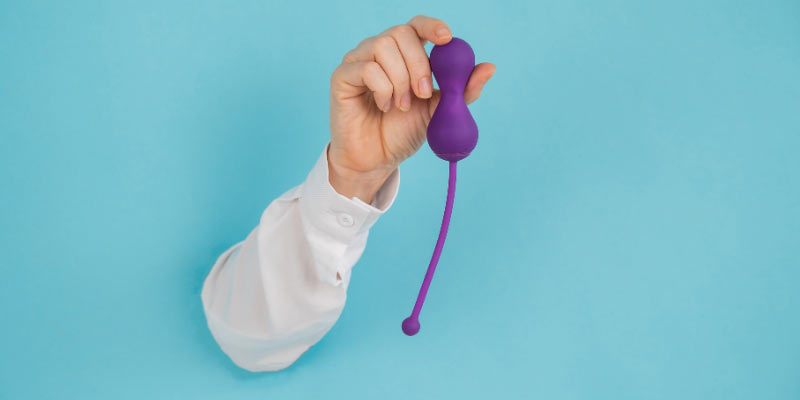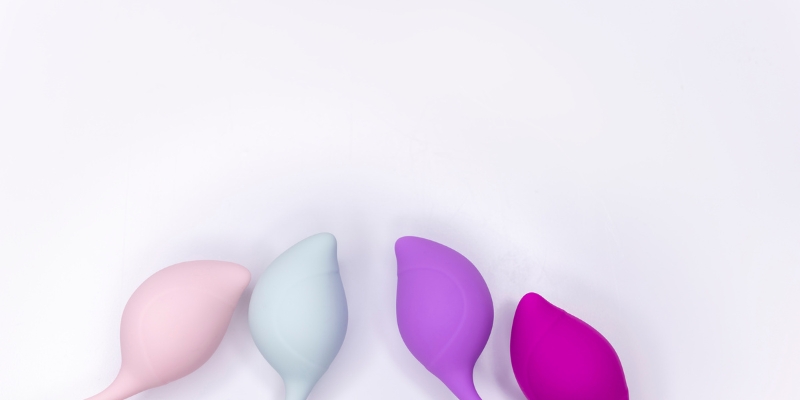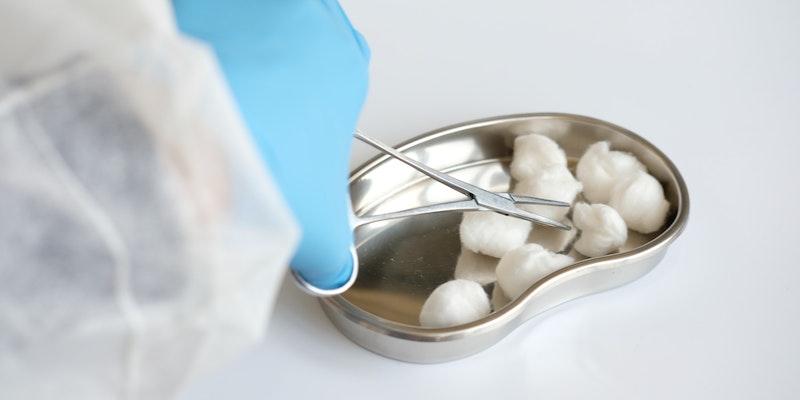
Following Dr. Arnold Kegel's 1940s invention, Kegel exercises are known for strengthening the pelvic floor muscles. These muscles, frequently ignored, are vital to urinary and pelvic health. Kegel exercises are a simple yet effective approach to treat muscular disorders. This detailed post will discuss the Kegel exercises' advantages, who may benefit, how to practice them, and when expert counsel is needed. By the conclusion of this article, you'll know whether Kegel exercises are ideal for you and how to include them in your regimen.

Understanding Pelvic Floor Muscles:
To understand Kegel exercises, you must understand the pelvic floor muscles. In a hammock-like configuration, these muscles support the bladder, uterus (in women), and rectum. Urinary and bowel control, pelvic organ support, and sexual function are their primary tasks. Weak muscles may cause urine incontinence and pelvic organ prolapse. Kegel exercises target these muscles to strengthen and tone them for pelvic health and function.
Please note that the pelvic floor muscles are affected by age, pregnancy, delivery, and other circumstances. Over time, they may weaken, causing health issues. These disorders may be addressed, and pelvic floor muscle strength and endurance improved with kegel exercises.
Who Can Benefit from Kegel Exercises:
Kegel exercises are practical for many people because of their adaptability. Kegel exercises may help with urine incontinence caused by aging, pregnancy, delivery, or other circumstances. These exercises strengthen pelvic floor muscles, improving urine control and reducing leaks. Women during and after pregnancy benefit from Kegel exercises since delivery might weaken these muscles. Kegel exercises help postpartum women heal faster and restore pelvic floor control.
Kegel exercises may also aid prostate surgery patients. After prostate removal, Kegels may help restore urine control. Kegel exercises also benefit male and female athletes. Supporting the pelvic floor muscles during high-impact exercises may reduce stress incontinence. Kegel exercises may help various urinary and pelvic health issues and are accessible to a broad audience.

How to Properly Perform Kegel Exercises:
Kegel exercises must be done correctly to be effective. One must first identify and isolate the pelvic floor muscles. One efficient method is to halt urine mid-stream during a restroom visit. Focus your Kegel exercises on the muscles you use to do this. Kegels during urination may assist in identifying the proper muscles, but they can also cause inadequate bladder emptying and urinary tract infections. Once you've identified the pelvic floor muscles, you can perform Kegel exercises according to these steps:
- Kegel exercises may be done sitting, standing, or lying down.
- Squeeze the pelvic floor muscles for 3 seconds. Choose a slow, controlled contraction rather than a violent one.
- Relax for 3 seconds: Fully relax the muscles before contracting.
- Repeat: Start with ten contractions and build up to 3 each day. Kegel exercises should be done regularly for consistency.
Kegel exercises work best with proper technique. To prevent misactivation, prevent holding your breath or activating other muscle groups during contractions. Consistency and patience are also crucial since pelvic floor strength may develop after many weeks of continuous exercise.
The Benefits of Kegel Exercises:
Kegel exercises have several advantages beyond pelvic floor strength. Kegel exercises may help people with urine incontinence due to age, pregnancy, or other circumstances. By strengthening pelvic floor muscles, leakage incidences may decrease, improving confidence and quality of life.
Additionally, these activities may improve sexual function. Improved pelvic floor muscle tone may boost sensitivity and sexual satisfaction in men and women. Kegels may help women recover faster by recovering pelvic floor muscle control during and after pregnancy. In addition, Kegel exercises help prevent pelvic organ prolapse, which occurs when the bladder, uterus, or rectum prolapse. Strong pelvic floor muscles may avoid such difficulties, especially in postpartum women and those with age-related muscular weakness. In conclusion, Kegel exercises improve urine control, sexual function, and pelvic organ prolapse prevention, making them a beneficial daily routine addition.
When to Consult a Healthcare Professional:
Kegel exercises may be helpful for many, but expert advice is sometimes needed. If you don't see relief in your symptoms after regular and precise Kegel exercises or have extraordinary discomfort or agony, see a doctor. These may indicate a medical condition or pelvic floor health issue needing expert treatment or physical therapy. To treat your condition's fundamental causes safely and efficiently, seek professional help. Healthcare practitioners may provide customized advice and treatments.
Common Mistakes to Avoid:
Doing Kegel exercises correctly and avoiding frequent errors to maximize their effects is essential. Holding your breath during Kegels is a typical mistake. Breath-holding may raise intra-abdominal pressure, strain pelvic floor muscles, and cause inappropriate muscular activation. Instead, concentrate on regular breathing during activity.
Squeezing the incorrect muscles is another error. Some people accidentally engage the buttocks or inner thighs instead of the pelvic floor. To fix this, picture the muscles you want to contract and focus on them.
Common mistakes include overdoing Kegel exercises in one session. Consistent with your program is essential, but too many contractions may cause muscle weariness and soreness. Prioritize quality over quantity to ensure each contraction is done properly and thoughtfully.
Alternative Methods for Pelvic Floor Health:
Kegel exercises work for many, but they may not work for everyone. Kegels alone may not work, so try other approaches. A pelvic floor expert may provide pelvic floor physical therapy. This treatment may adjust advice, exercises, and methods to your requirements and circumstances.
Biofeedback helps people manage their pelvic floor muscles. Biofeedback devices give real-time muscle activity input to help people comprehend and execute muscular contractions appropriately.
Kegel exercises may be supplemented with electrical stimulation treatments like NMES or TENS, which activate and rehabilitate muscles. Healthcare providers may offer these methods to boost pelvic floor muscle training.
Conclusion:
Kegel exercises are a diverse and efficient way to strengthen pelvic floor muscles and treat urinary and pelvic health issues. These exercises promote urine control, sexual function, and pelvic organ prolapse prevention. They benefit urinary incontinence sufferers, pregnant women, prostate surgery patients, and high-impact sportsmen by being accessible to many people. When necessary, pelvic floor physical treatment, biofeedback, and electrical stimulation may supplement Kegel exercises. These treatments address pelvic floor health issues with customized instruction and strategies.



